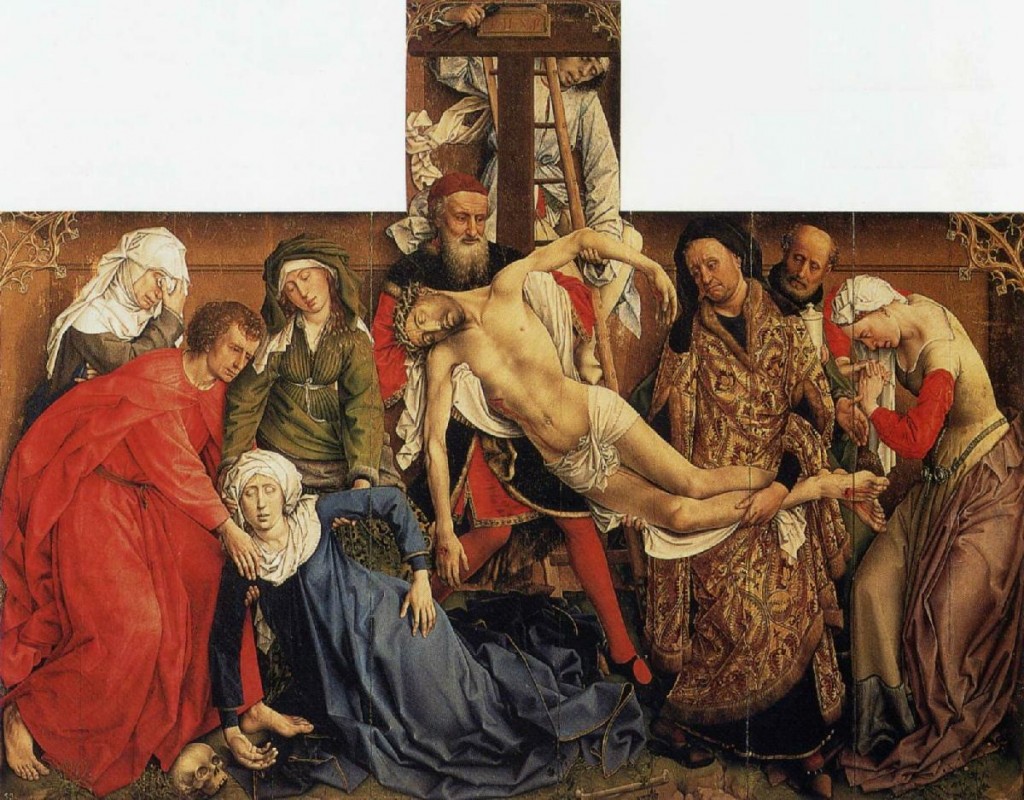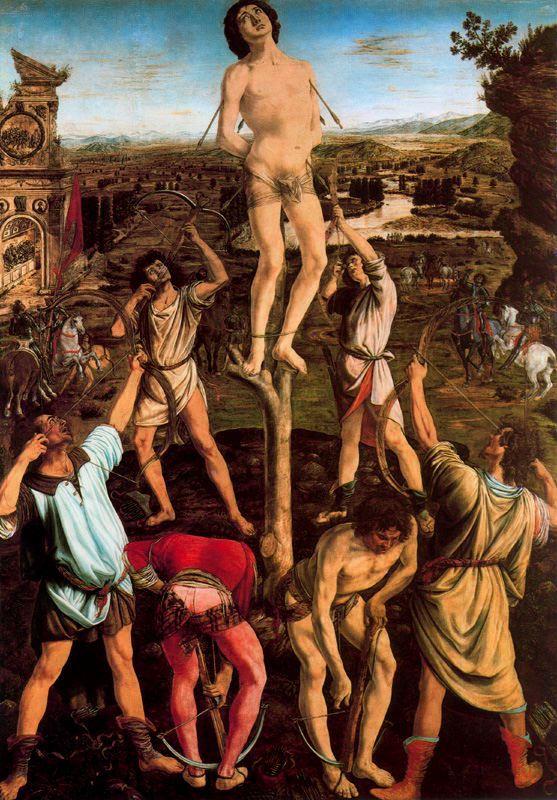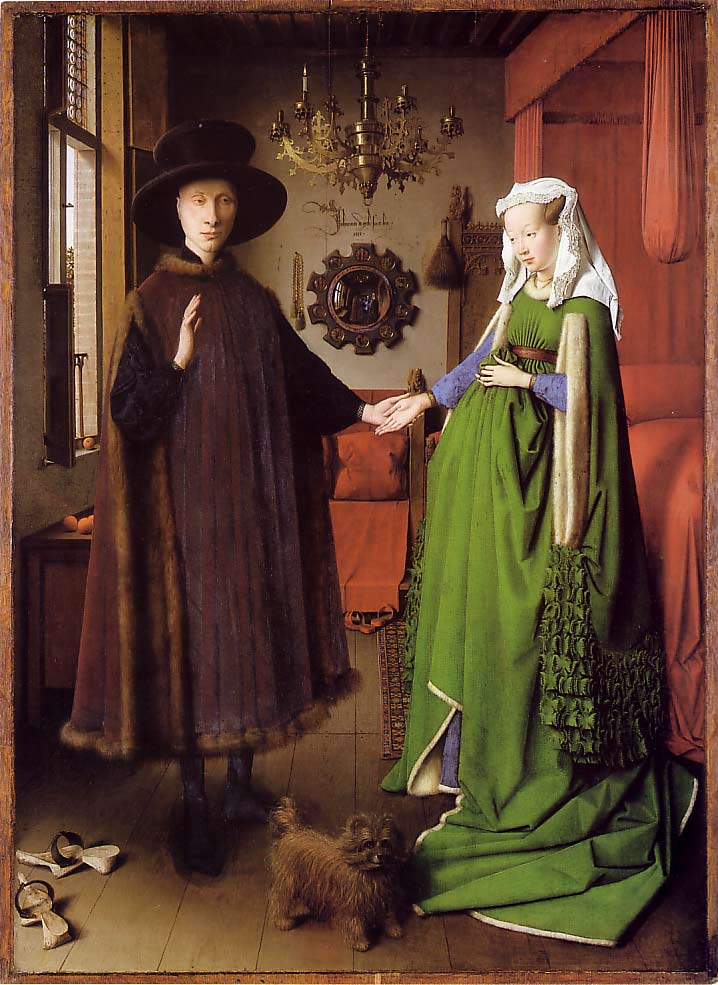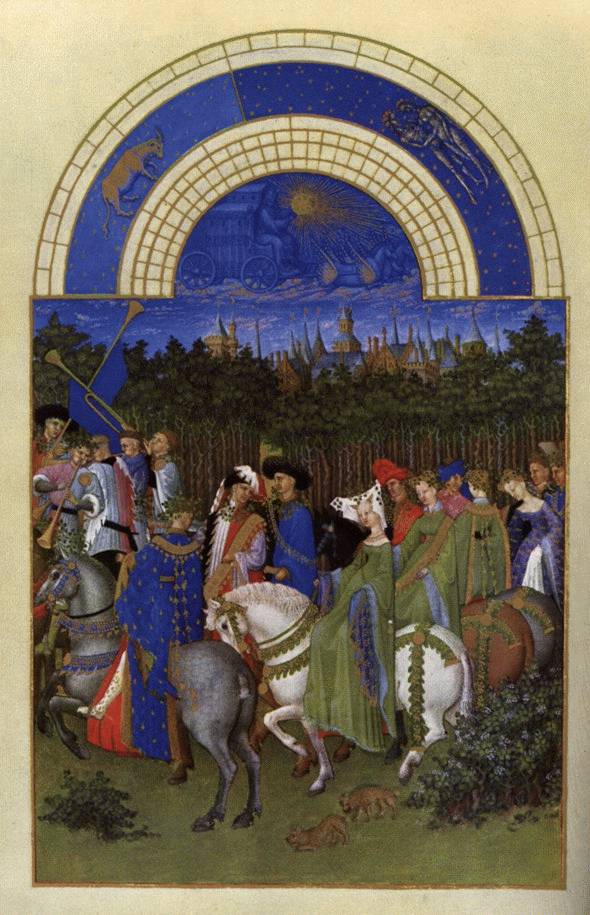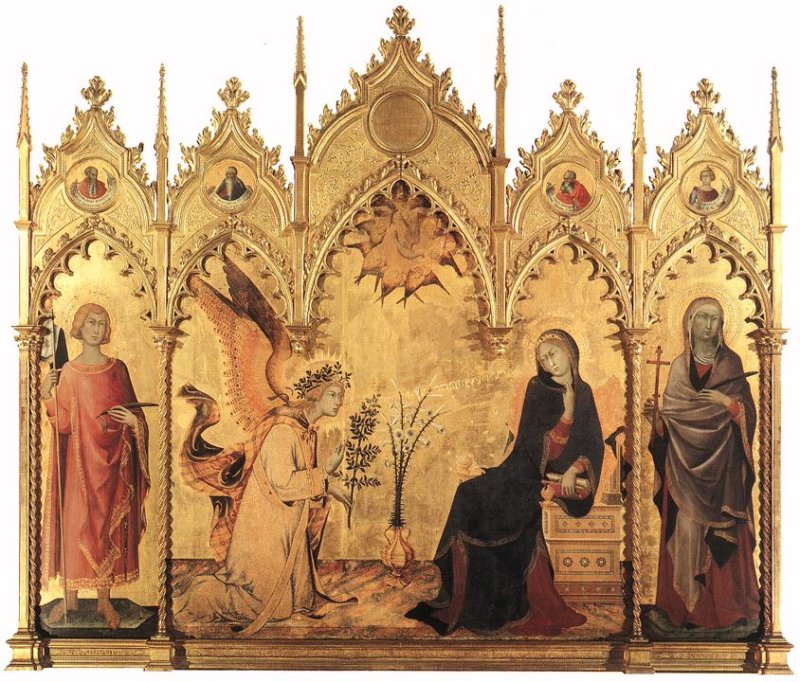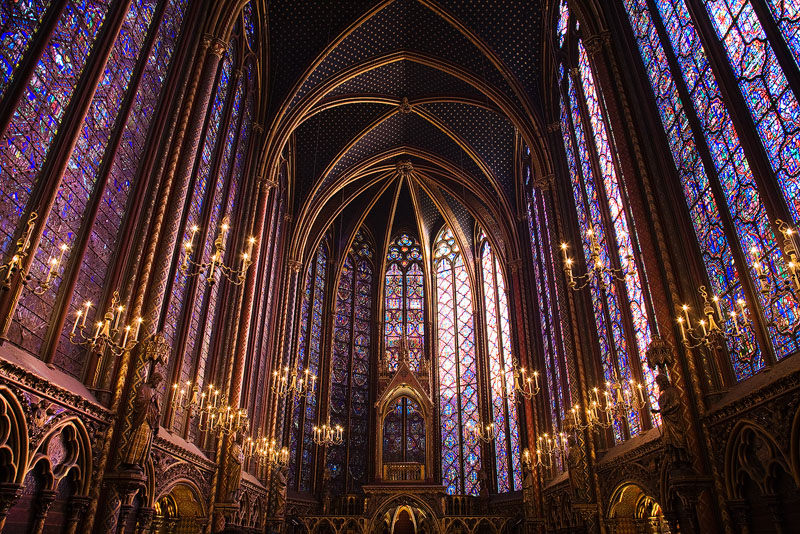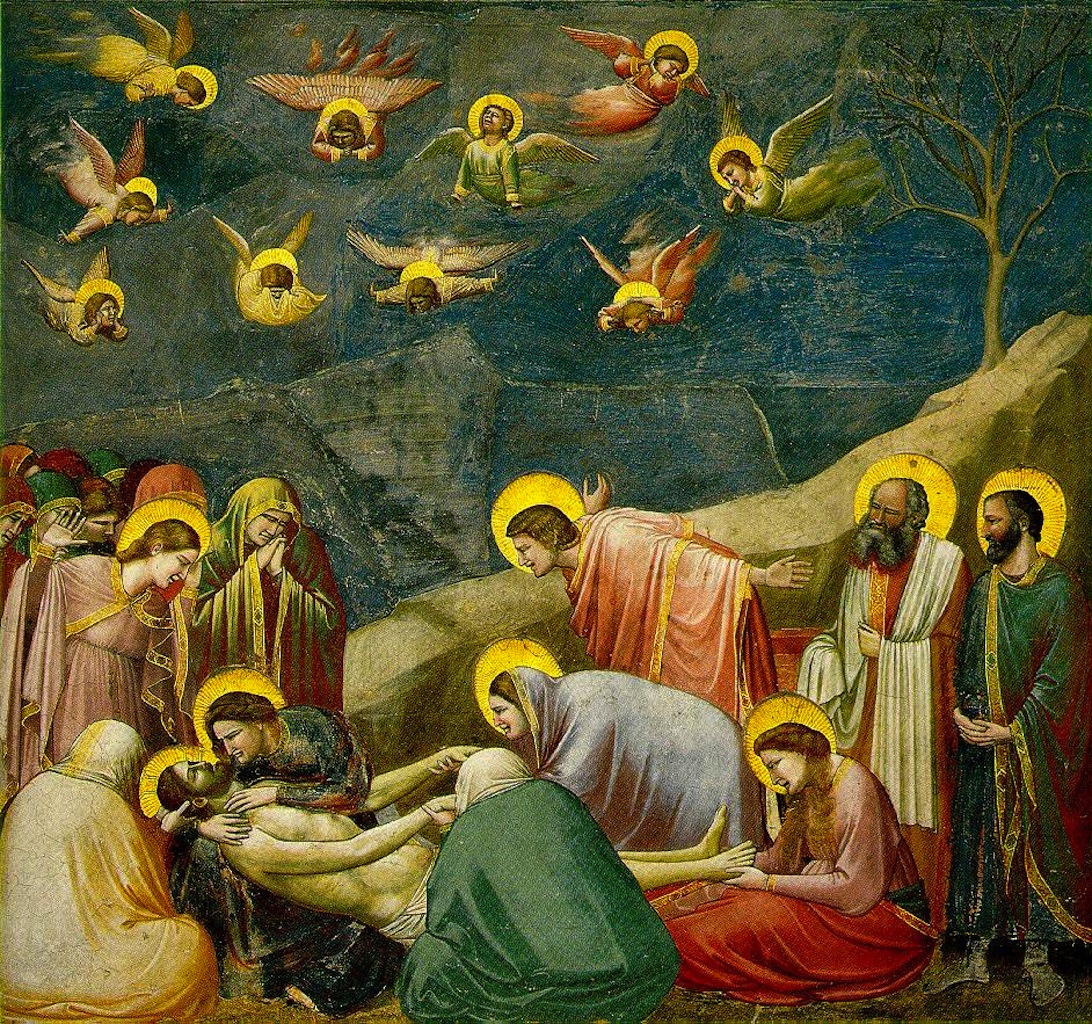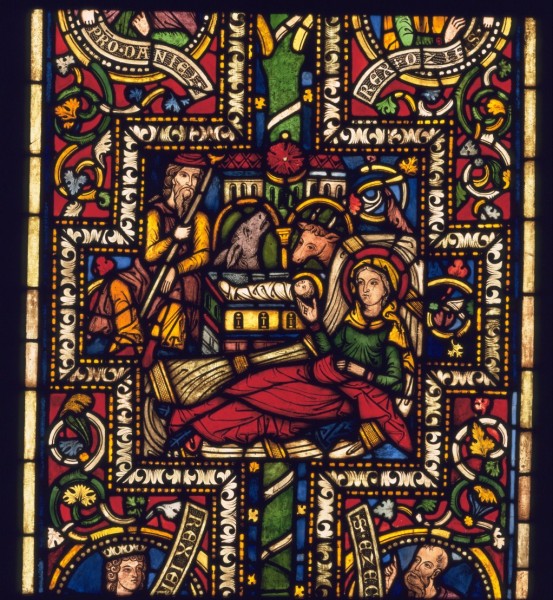
“[The Italian artist] was no longer a craftsman among craftsman, ready to carry out commissions… He was a master in his own right, who could not achieve fame without exploring the mysteries of nature and probing into the secret laws of the universe. It was natural that the leading artists who had these ambitions felt aggrieved by their social status… Here was another challenge for the artists to meet, another spur which urged them on towards yet greater achievements that would compel the surrounding world to accept them… as men of unique and precious gifts… It was the love of fame on the part of the patrons which helped the artists to break down such prejudices… As there were many centers competing for the services of the most renowned masters, the masters in turn could dictate their terms. In earlier times it was the prince who bestowed his favors on the artist. Now it almost came to pass that the roles were reversed, and that the artist granted a favor to a rich prince or potentate by accepting a commission from him. Thus it came about that the artists could frequently choose the kind of commission which they like, and that they no longer needed to accommodate their works to the whims and fancies of their employers. Whether this new power was an unmixed blessings for art in the long run is difficult to decide. But at first, at any rate, it had the effect of a liberation which released a tremendous amount of pent-up energy. At last, the artist was free.”
Ernst H. Gombrich, “Chapter 15: Harmony Attained,” The Story of Art, 15th edition

